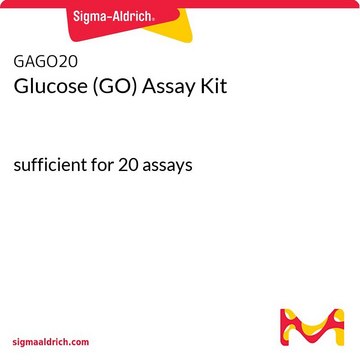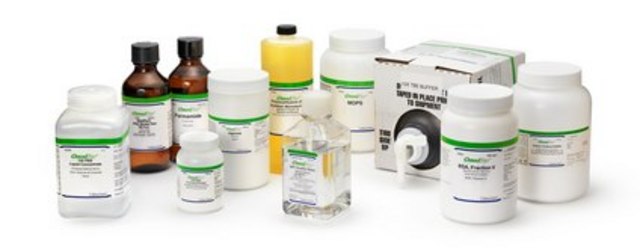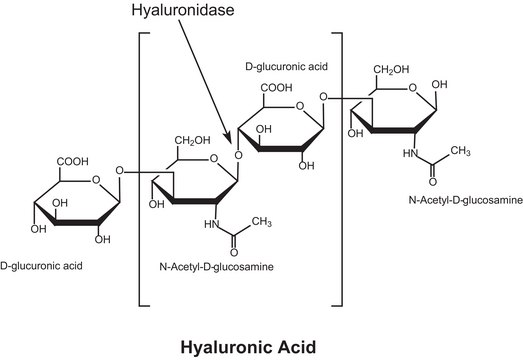Key Documents
Safety Information
MAK083
Glucose Uptake Colorimetric Assay Kit
sufficient for 100 colorimetric tests
Select a Size
Select a Size
About This Item
Recommended Products
usage
sufficient for 100 colorimetric tests
detection method
colorimetric
relevant disease(s)
endocrinological disorders, diabetes; cancer
storage temp.
−20°C
1 of 4
This Item | MAK084 | MAK263 | MAK098 |
|---|---|---|---|
| detection method colorimetric | detection method fluorometric | detection method colorimetric, fluorometric | detection method colorimetric |
| storage temp. −20°C | storage temp. −20°C | storage temp. −20°C | storage temp. −20°C |
| relevant disease(s) endocrinological disorders, diabetes; cancer | relevant disease(s) endocrinological disorders, diabetes; cancer | relevant disease(s) endocrinological disorders, diabetes | relevant disease(s) cancer |
General description
The use of the recycling amplification reaction in the colorimetric assay results in the limit of detection being 10-fold lower (20-100 pmole) compared to the fluorescence assay (200-1,000 pmole, MAK084).
Application
Suitability
Principle
related product
replaced by
Choose from one of the most recent versions:
Certificates of Analysis (COA)
Don't see the Right Version?
If you require a particular version, you can look up a specific certificate by the Lot or Batch number.
Already Own This Product?
Find documentation for the products that you have recently purchased in the Document Library.
Our team of scientists has experience in all areas of research including Life Science, Material Science, Chemical Synthesis, Chromatography, Analytical and many others.
Contact Technical Service

![2-Deoxy-2-[(7-nitro-2,1,3-benzoxadiazol-4-yl)amino]-D-glucose ≥97% (HPLC)](/deepweb/assets/sigmaaldrich/product/structures/104/527/40bd5a41-ebc4-484e-a10e-891fecfaea79/640/40bd5a41-ebc4-484e-a10e-891fecfaea79.png)



